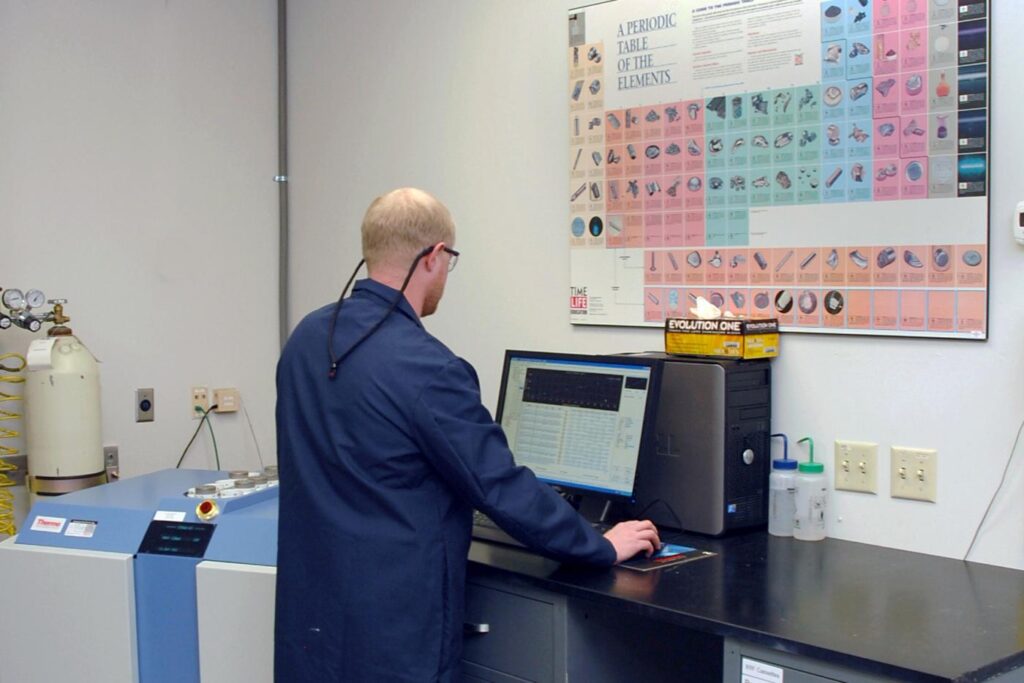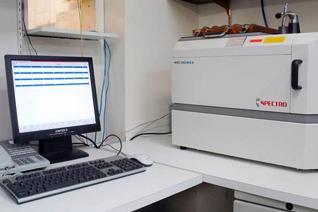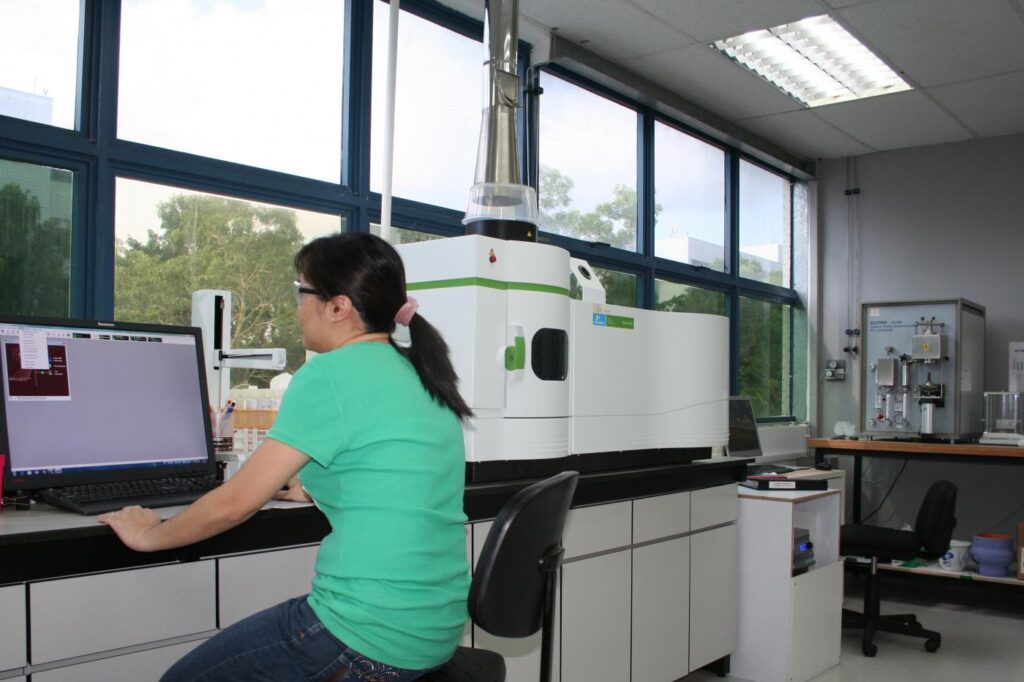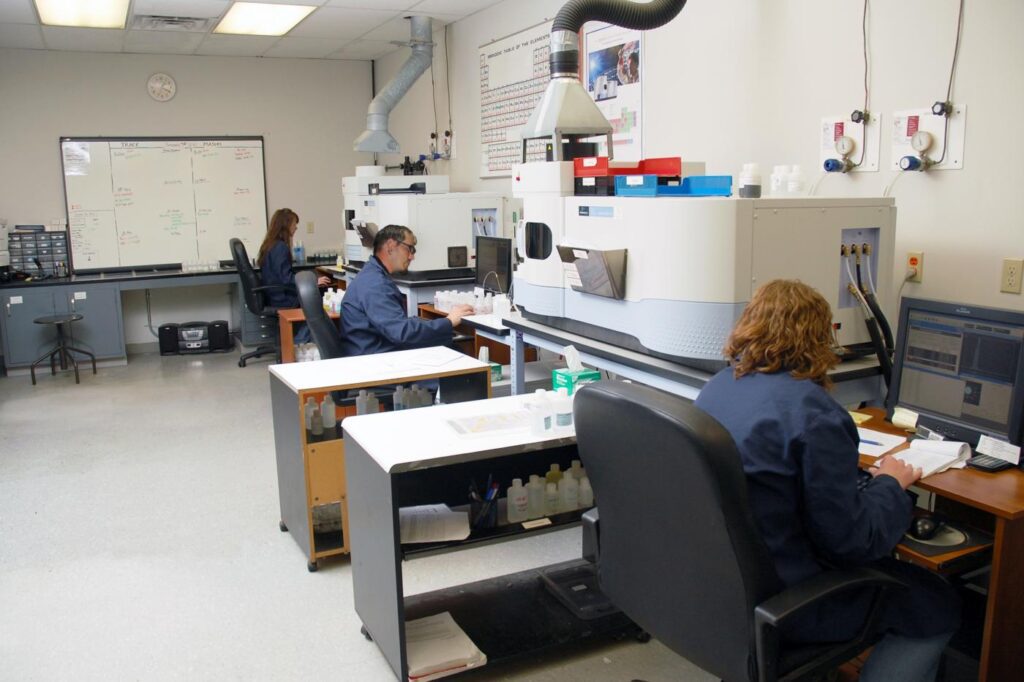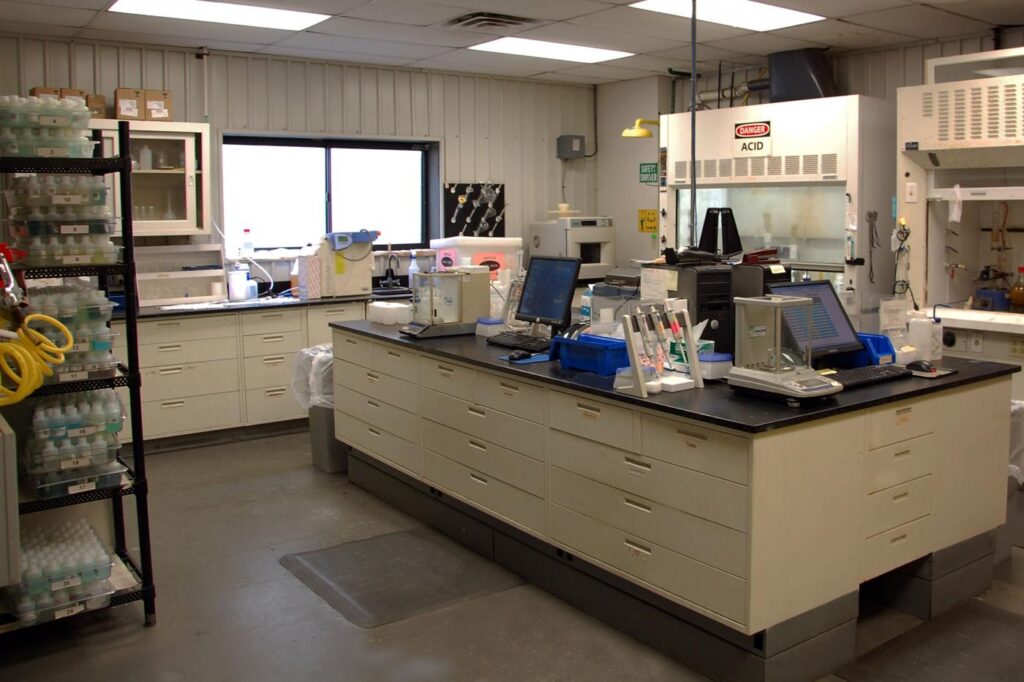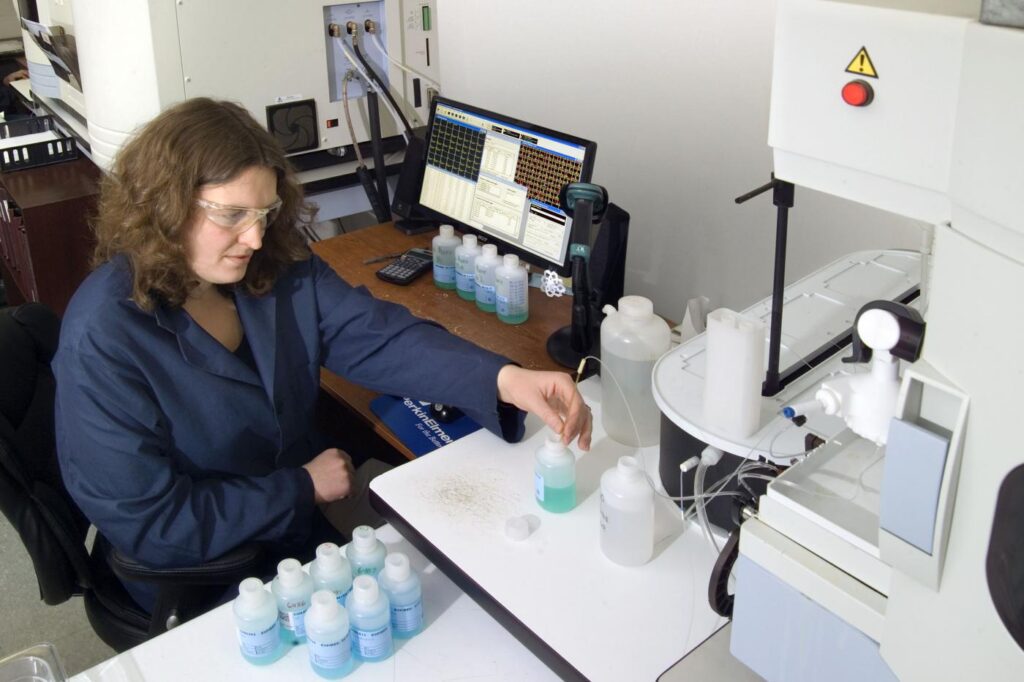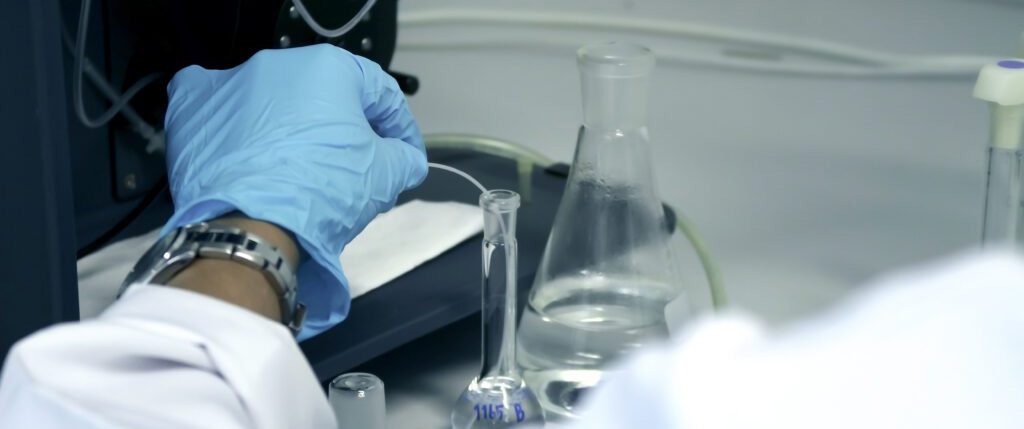
Chemical analysis of metals validates that the candidate material is appropriate for the intended end use. ICP analysis, OES analysis, gravimetric analysis, SEM-EDS analysis and XRF analysis are a few common qualitative and quantitative methods of determining material composition of metals.
IMR's labs also offers combustion methods including carbon, sulfur, hydrogen, oxygen and nitrogen testing to check all of the elemental properties of your metals. IMR offers semi-quantitative and fully quantitative analyses of metallic materials as well as PMI testing in our labs or at your location.
We have extensive preperation labs to get your samples ready for analysis, providing accurate results, fast. We are trained in the latest microwave preparation techniques, as well as classical methods of wet chemistry. Our equipment and lab personnel can detect trace elements at very low concentrations.
From simple steels to complex nickel and titanium alloys, IMR will provide you a clear, concise report listing the elements included, your results and compared to your specification, if provided. We can also identify trace elements and unknown materials to UNS specifications if the need arises.
Learn more about our metals chemistry capabilities below or request a quote today.
CHEMICAL TESTING OF METALS ANALYTICAL METHODS
ICP-MS ANALYSIS
ICP-MS (Inductively Couple Plasma - Mass Spectrometry) provides analysis of metals down to the parts per billion level for solutions and the parts per million level on solid samples. Our standard turnaround is 3-5 days depending on the sample and analysis needed.
ICP-AES ANALYSIS
ICP-AES analysis (Inductively Coupled Plasma - Atomic Emission Spectroscopy) provides analysis of metals down to trace levels. We can provide trace element analysis results as low as 50 ppm depending on your material, sample size and elements requested. ICP analysis can work with smaller samples due to the fact acid digestion is required. Our standard turnaround is 3-5 days depending on the complexity of the digestion needed to put the sample into solution.
OES ANALYSIS
OES Analysis (Optical Emission Spectroscopy) provides analysis of metals down to trace levels and is less destructive than an ICP analysis. While it requires prepping the flat surface with some grinding to ensure a clean burn, it leaves the sample relatively intact in case further analysis is needed.
This service is preferable if you have a larger sample size because it is less expensive than a digestion method such as ICP-AES. The ideal sample is 1" x 1" flat surface, but depending on the material and elements needed, smaller samples can be accommodated. Standard turnaround is 3 days or less.
SEM-EDS OR SEM-EDX
SEM-EDS Analysis (Scanning Electron Microscopy - Energy Dispersive Spectroscopy) is particularly useful with a very small sample such as in a failure analysis where you may only have debris or shavings. While some light elements cannot be detected, our team can often give you a statement that the sample is or is not consistent for the elements checked with a desired specification.
XRF ANALYSIS
Wavelength-Dispersive X-Ray Fluorescence Spectroscopy (WD-XRF) offers compositional analysis of various metals. The method requires a solid sample able to cover a 29mm diameter opening; however, smaller samples can be accommodated. Note that some light elements (such as boron, beryllium, etc) cannot be detected via this method.
Like OES this method is fast, somewhat less expensive than ICP, and is relatively non-destructive. We currently offer this service from our Ithaca, NY lab on stainless steel, copper, nickel, titanium and cobalt alloys. Standard turnaround is 3 days or less.
CHEMICAL ANALYSIS OF METALS SERVICES
Carbon Analysis
Hazardous Substance Testing
Heavy Metals Analysis
Hexavalent Chromium Analysis
Hydrogen Analysis
ICP-AES Analysis
ICP-MS Analysis
Material Verification
Nitrogen Analysis
OES Analysis
On-site PMI
Oxygen Analysis
PMI Testing (Positive Material ID)
Precious Metal Assay
Purity Testing
SEM-EDX Analysis (SEM-EDS)
Semi-Quantitative Analysis
Sulfur Analysis
Trace Element Analysis
Unknown Material Identification
XRF Analysis



